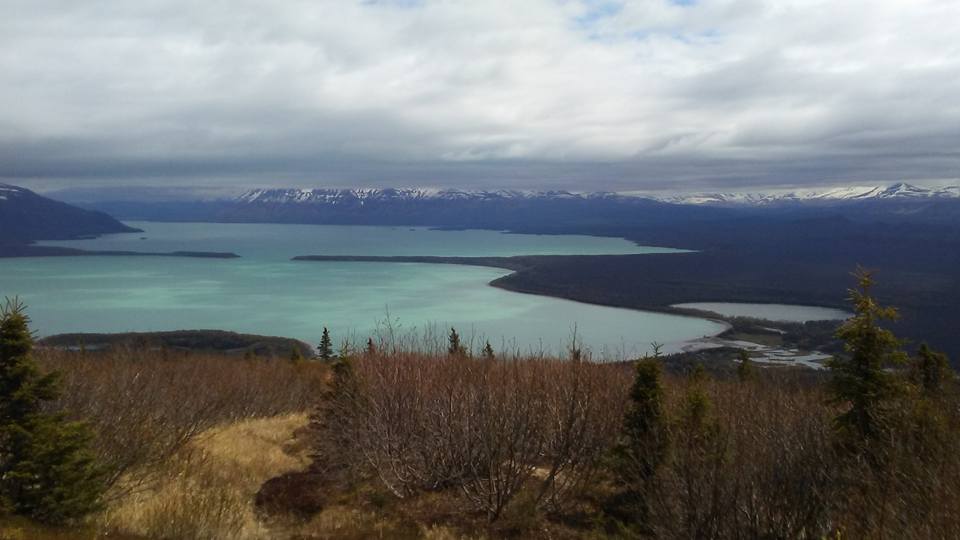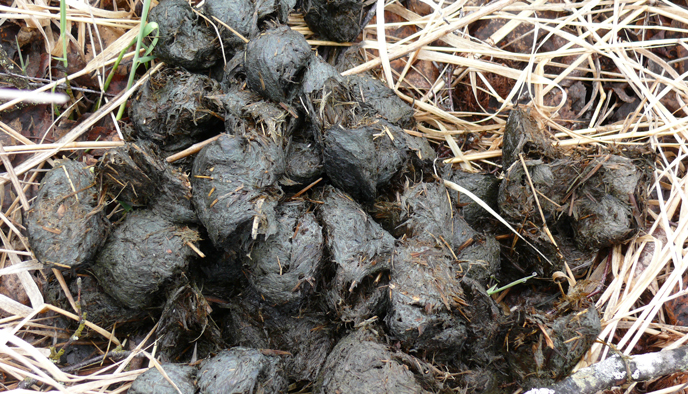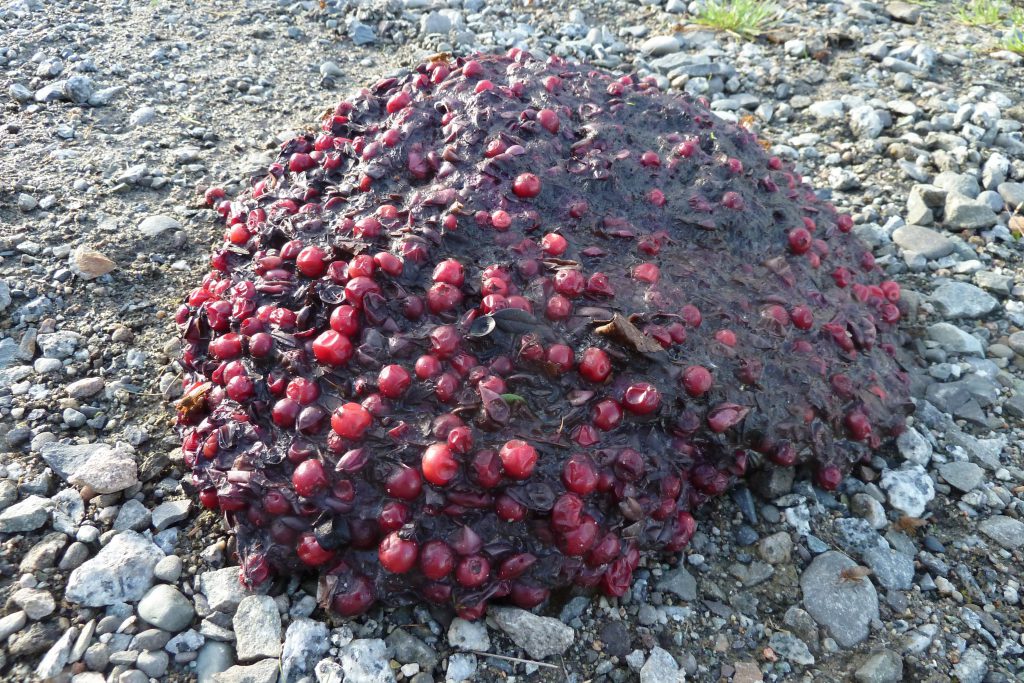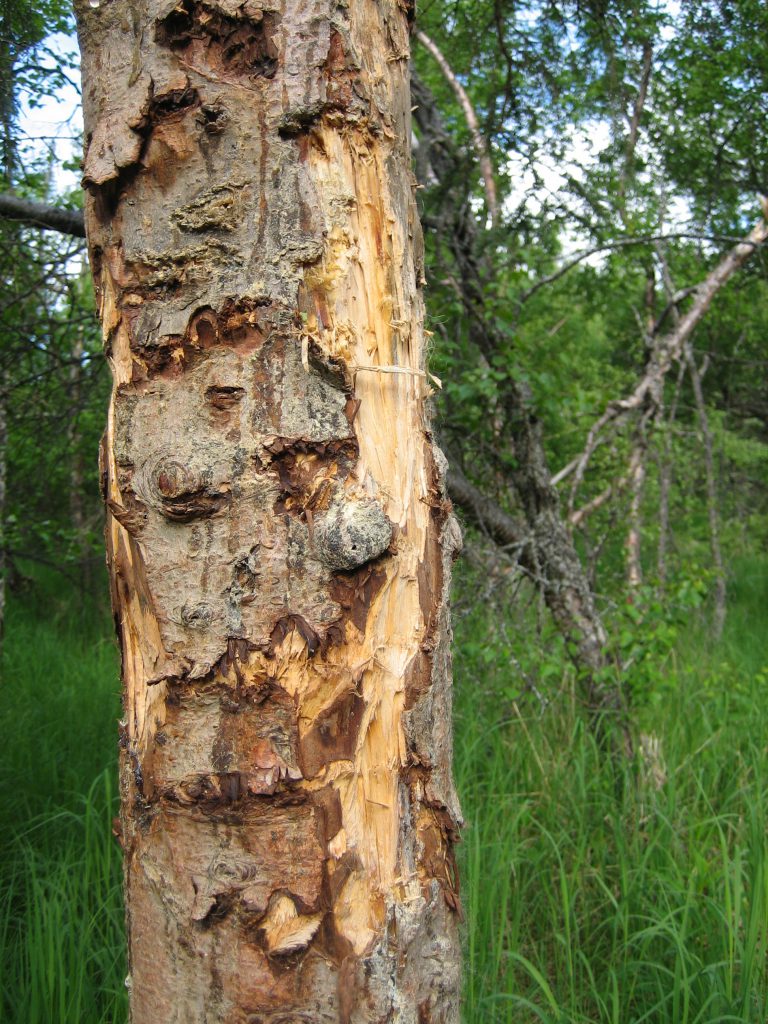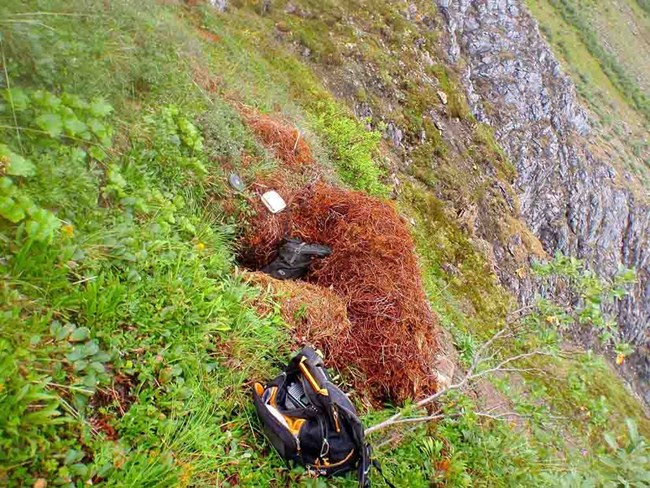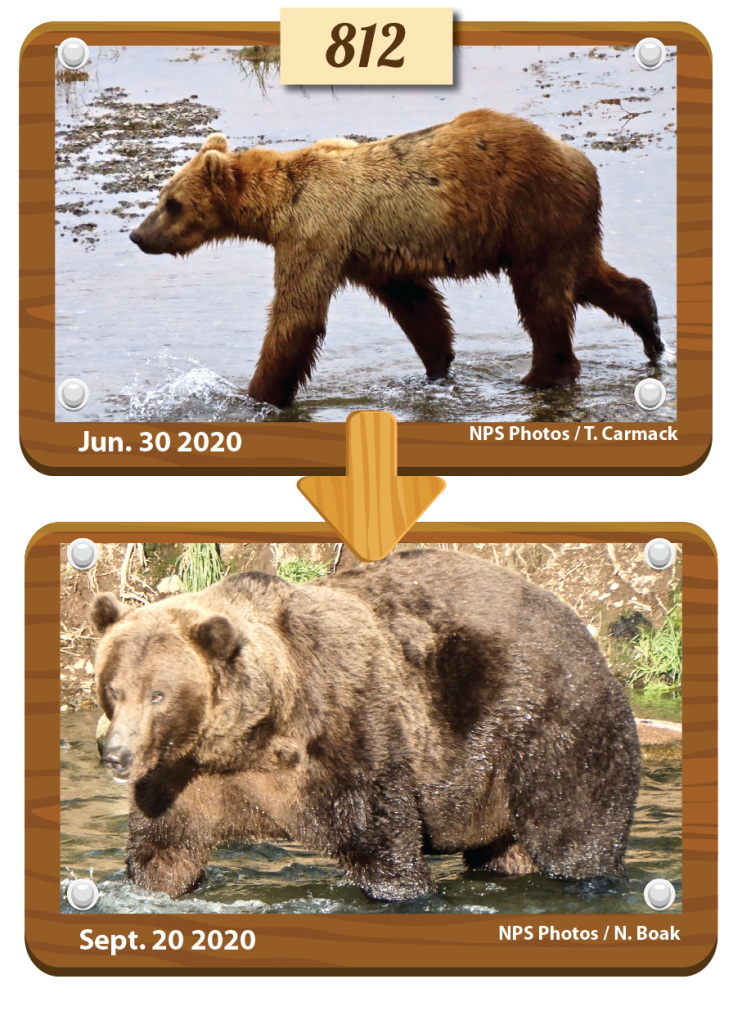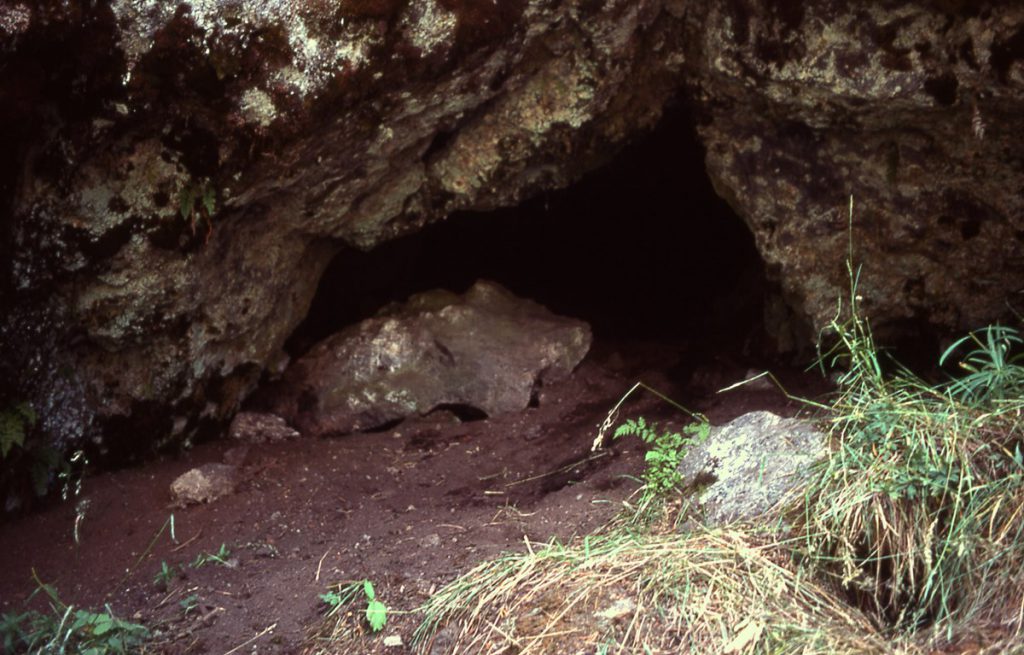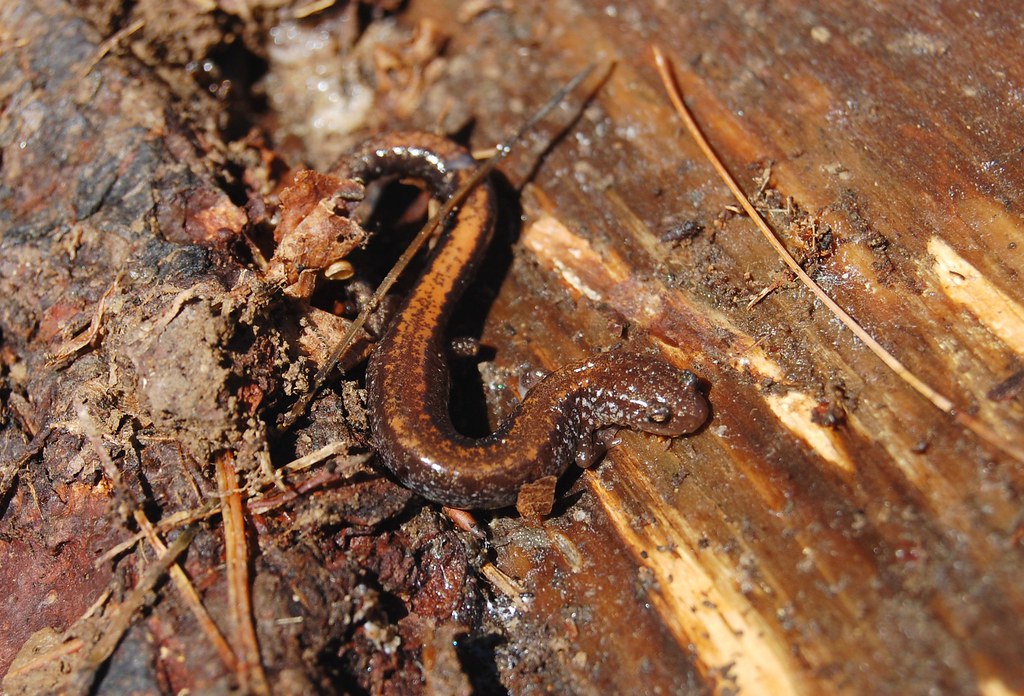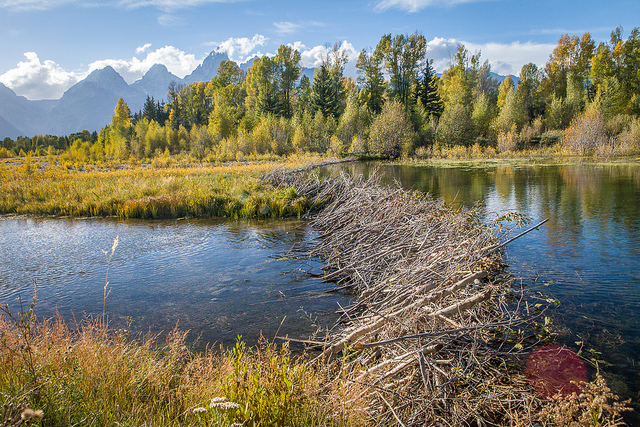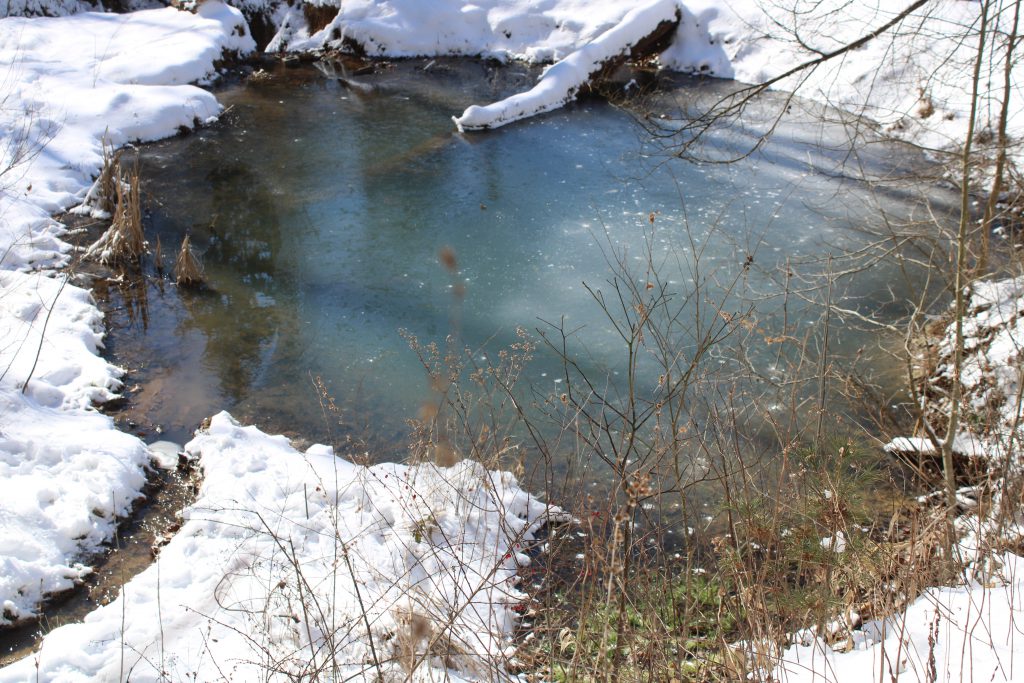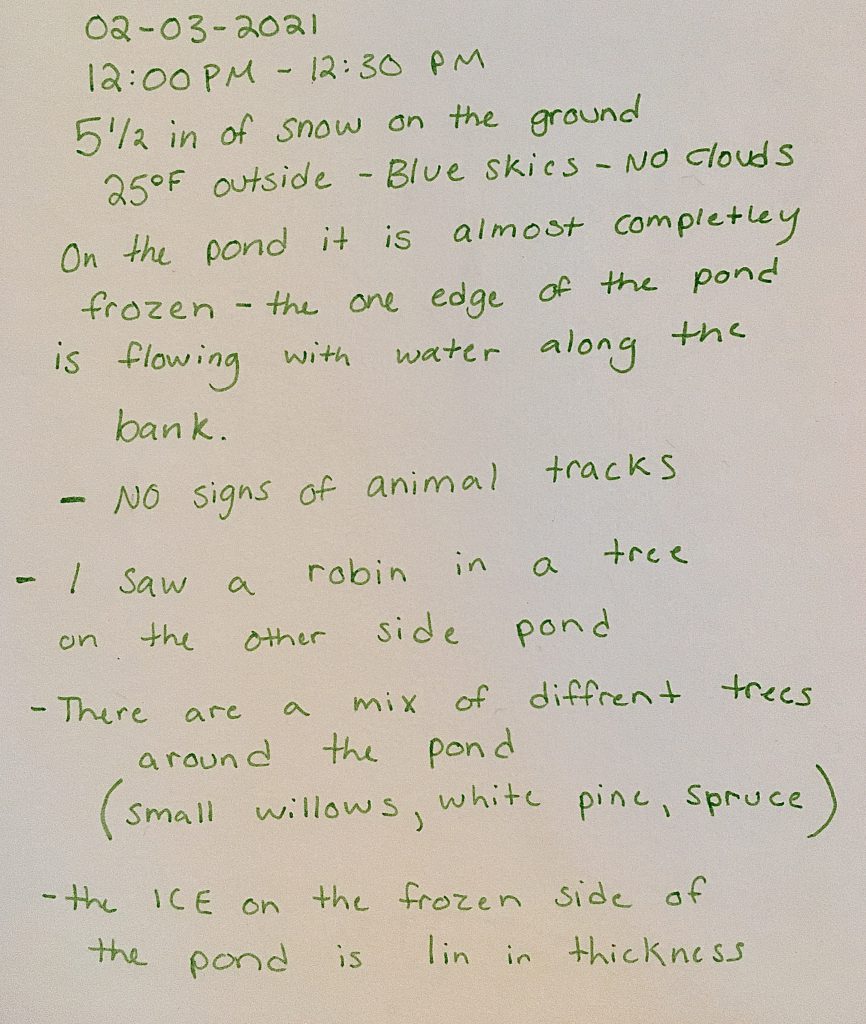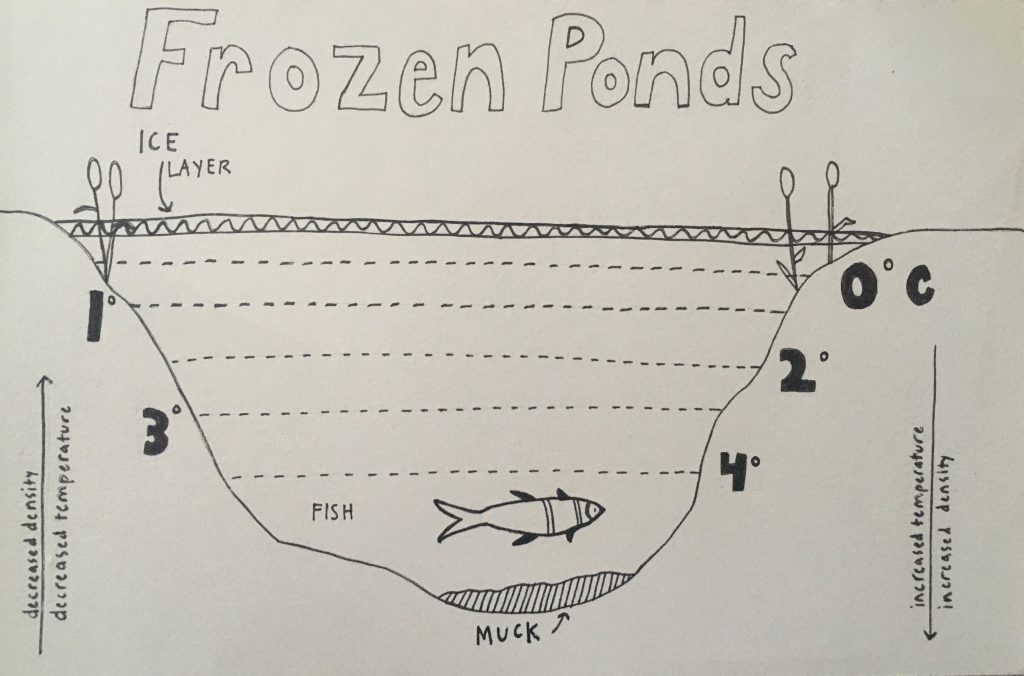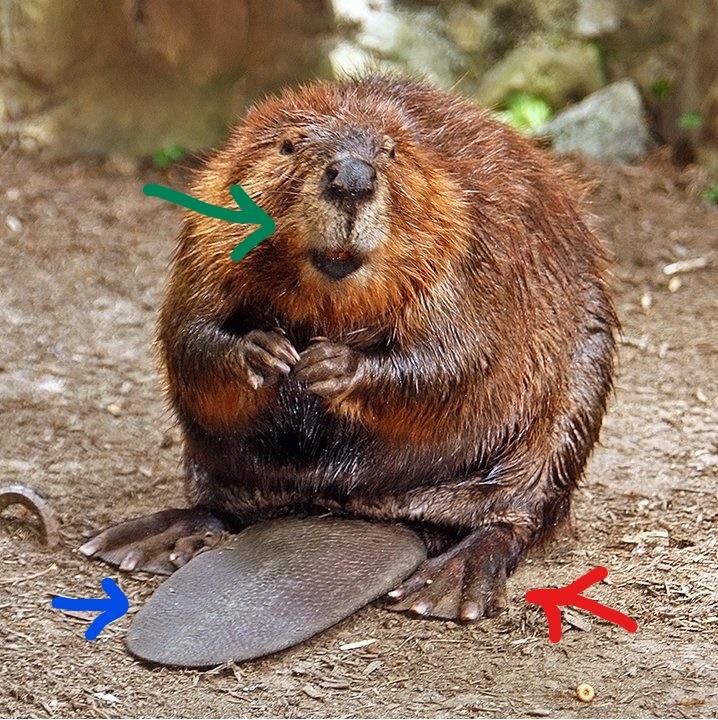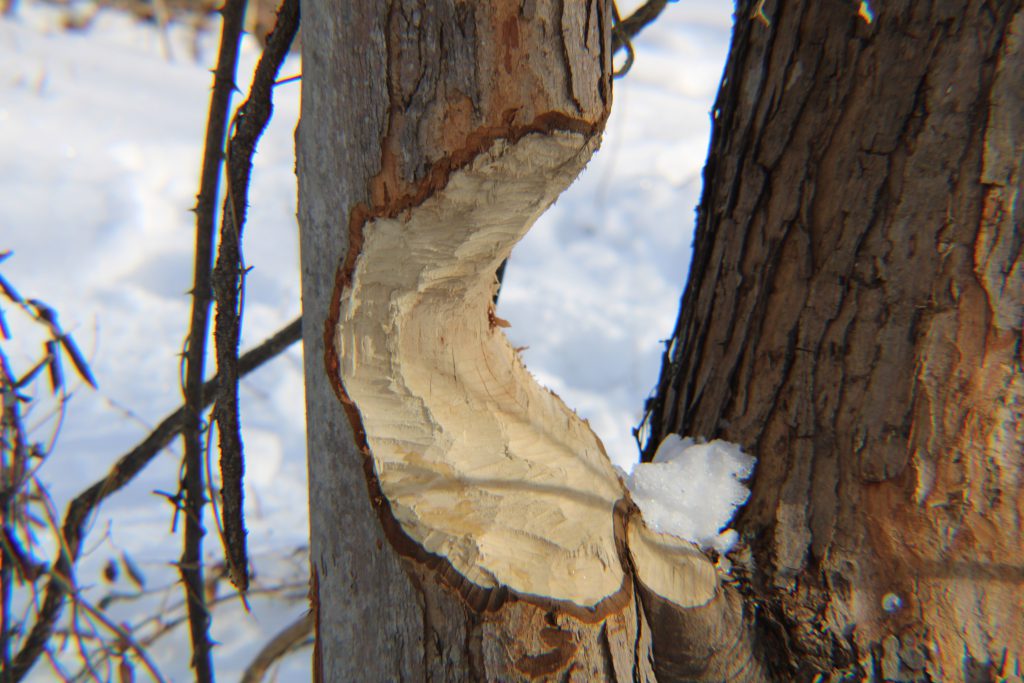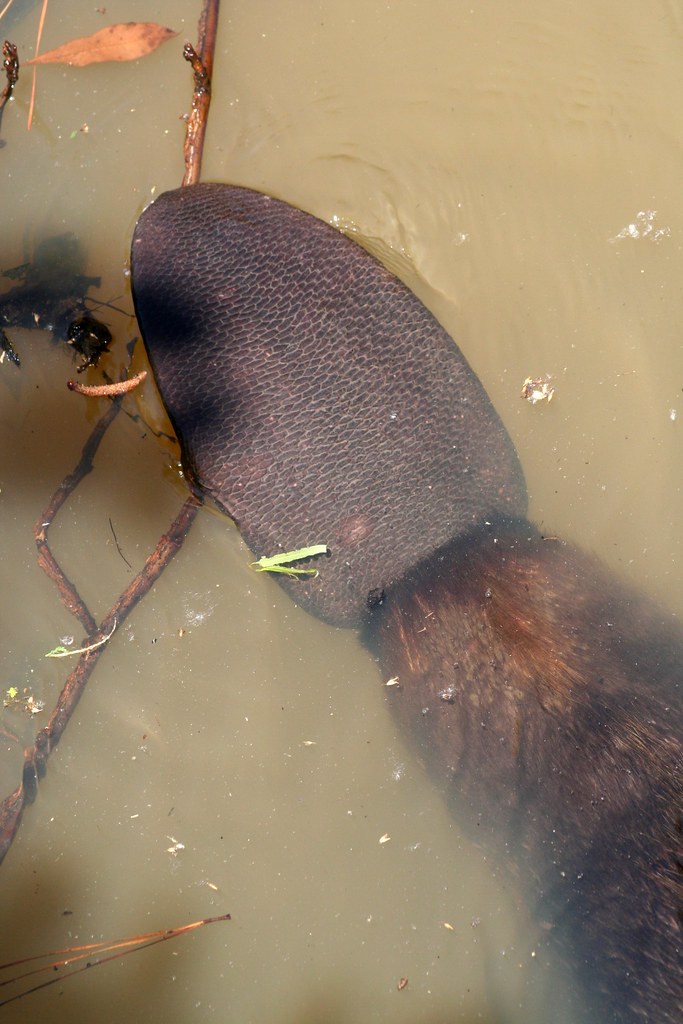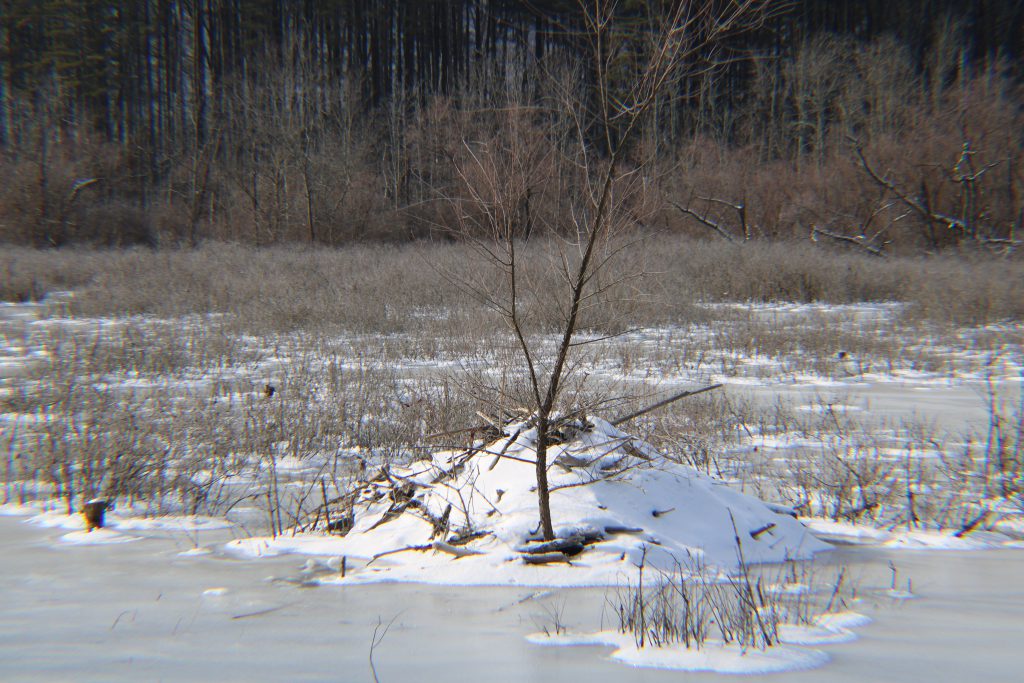Never mind March
-“March,” author unkown
We know you’re not really mad
Or angry or bad
You’re only blowing the winter away
To get the world ready for April and May
March is an exciting time of year for us naturalists! This is because the natural world is waking up from its winter hibernation and getting ready for spring. Some say if you sit quietly enough in the forest
, you can hear it waking up. What do you hear?On this week’s virtual field trip, we’ll all become scientists and artists: studying how plants are waking up around us.
CHOOSE YOUR ACTIVITY:
Attend the virtual field trip , Friday, March 19 at 10:30am. We’ll be hiking in our favorite wildflower spots.
Learn what “phenology” is and why it is important.
Contribute to citizen science by making your own spring observations
Get inspired and make your own beautiful nature calendar.
See when and where to look for wildflowers popping up in our area
Virtual Field Trip: Friday, March 19, 2021
Every Friday from 10:30 to 11:15 AM, we hold a Zoom call live from the woods for anyone who wants to join. This week, we’ll look at how the plants are changing with the spring weather. I can’t wait to hike with my camera through the woods!
If you haven’t registered for our field trips before, register here to get the link in your email:
What Phenology is and Why its Important
As most of us naturalists know, there are many kinds of organisms (living things) that live together in nature. Each organism has its own unique life cycle. Each responds differently to the other organisms, seasons, and places around it. Observing when and where organisms wake up or enter new parts of the life cycle is called phenology.
I like to think of phenology as nature’s calendar. Unlike our manmade calendar with specific dates for special occasions. Nature’s calendar can change from year to year. For example, Christmas is always December 25th. But the first day you see a wildflower popping up may change from year to year.
The first day I noticed wildflowers where I live was February 28th. I saw a large patch of Snowdrops (Genus Galanthus) in my front yard!
This video shows the different stages plants go through in spring. Which different phases do you see in the video? These are the kinds of things I watch for.
Recording when and where these changes happen is important to scientists and land managers. It helps us make important decisions.
For example, gardeners pay attention to when the last frost happened in past years, so they know when its safe to move plants outside.
Ecologists watch to see if any plants or animals might need help. For example, if a certain flower starts blooming earlier or later, the bee or insect that pollinates it might not be around then. That bee or insect could go hungry, and the flower won’t make any seeds!
People have come up with many sayings, based on what they notice. These sayings are passed down from generation to generation. One example is:
“Look for morels when oak leaves are as big as a squirrel’s ear.”
Morels are a delicious mushroom that can only be harvested for a short time each year. Over time, people have observed that the best time to find these mushrooms is when the oak leaves are tiny, barely out of their buds.
When lily-of-the-valley is bloom, it’s time to plant tomatoes.
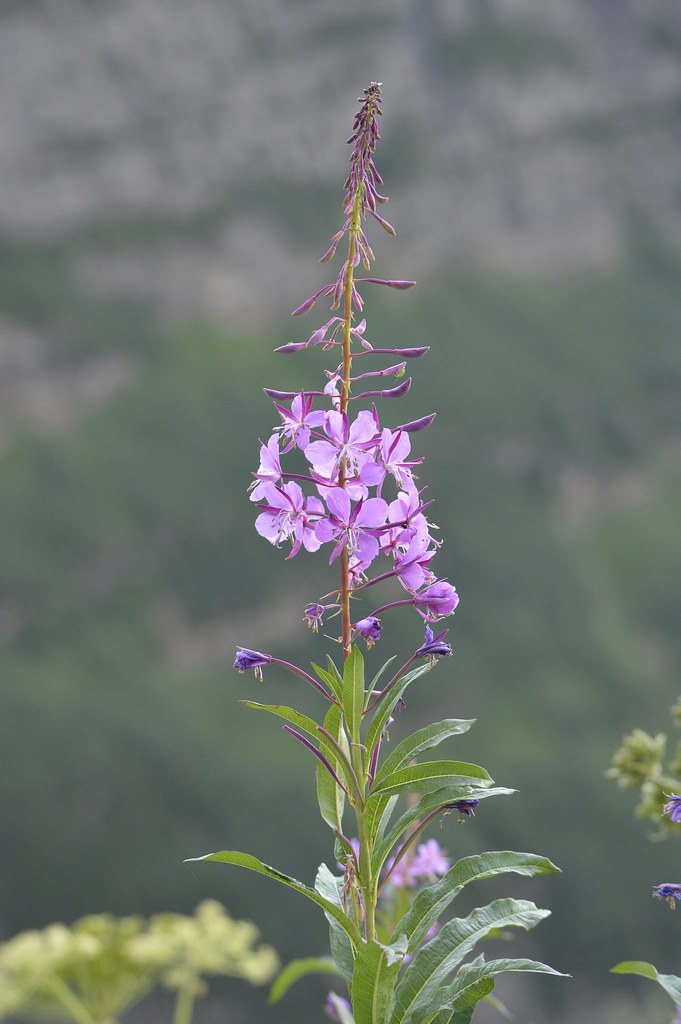
You can’t tell someone to always plant tomatoes on a date, like May 5th, because the weather is different every year. The other plants provide better clues!
When the top of the fireweed blooms
, summer is about to end.
My friends on the west coast love a purple flower called fireweed. Its flowers start blooming at the bottom, then slowly work upward. But when the top flowers are blooming, my friends start to prepare for winter.
Try This!
Talk with your older relatives
, like a grandparent or a great aunt, about what natural events they remember from their youth. This can be a fun way to learn about what was going on in the natural world in the past.The picture above is four generations of my family: my grandma
, my mom, my sister, and my niece. I think they were talking about when my grandma remembered milkweed flowers blooming when she was a little girl.Try asking about what natural events they remember from when they were kids. Are they different from what you see today?
Contribute to Citizen Science
Scientists are interested in when plants and animals enter different life stages in different places. But they can’t be everywhere at once. So your observations can help them! If you pay attention to things like the first day you see a bird return from winter migration, or the first day you see a kind of flower bloom, you can share these observations with scientists.
I do this with the website iNaturalist. I take pictures of things I see in nature, then share it with the time and place I saw it. Sometimes, other people help you identify what you saw! To learn more about how to use iNaturalist, check out our post on Observing with iNaturalist.
When you enter nature pictures in iNaturalist, you help scientists like Michael Moore, a biology graduate student at Case Western Reserve University in Ohio. He used the information that people contributed to iNaturalist to discover that dragonfly wings were colored differently in hotter and colder places. Dragonflies with less colorful wings were not as successful at flying.
Get inspired to Make Your Own Beautiful Nature Calendar
Making your own nature calendar can be a fun way to track what natural events are happening where you live. It encourages us to have an inquisitive eye when observing nature.
The picture above is my friend making observations in her sit spot. She plans to make observations in the same spot once a week for four weeks and see what changes over that time.
Often
, nature calendars are in the shape of wheels. A student watched a willow tree all month in this one:
What is your favorite thing to watch come back to life in spring?
Use your answer to this question as inspiration to fill in your own nature calendar.
For step by step instruction to make a nature calendar wheel
, check out this website.When and Where to Look for Wildflowers in our Region
I created this list of when and where to look for a few kinds of wildflowers by looking at the Wayne National Forest Bioblitz on iNaturalist. But don’t take my word for it. Check out these locations for yourself to see if you can find any of these flowers! Do you think they will bloom earlier or later than last year?
These are some common flowers to find very early in spring in the woods. Keep an eye out for them, or show us some others you find!
Name: Rue Anemone
Location: York Township Lat: 39.432503 Lon: -82.24631
Date observed: March 28, 2020
iNaturalist Observer: david2470
Name: Spring Beauty
Location: Wayne National Forest, Millfield, OH, US
Date: April 3rd, 2020
iNaturalist Observer: camparker
Name: Dutchman’s Breeches
Location: Burr Oak State Park
Date: April 8th 2020
iNaturalist Observer: mlski
Name: Large White Trillium
Location: Nelsonville
Date: April 28th 2020
iNaturalist Observer: timniehart
